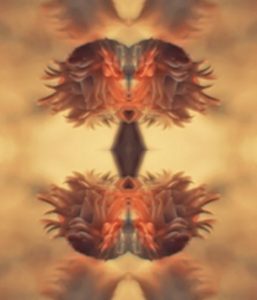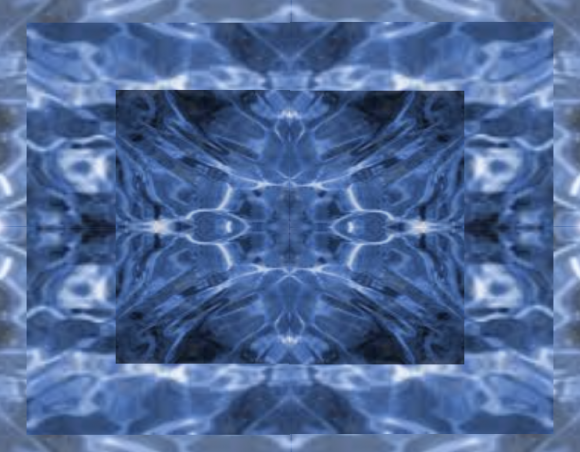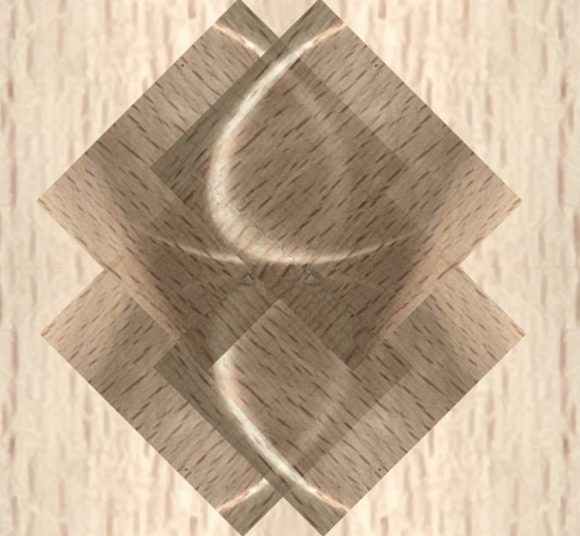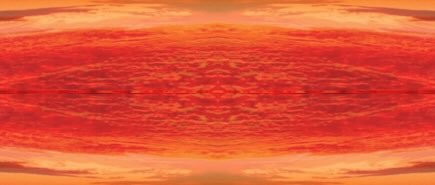I ended an earlier post deriving a (very rough) sketch of an ontological layout that would be consistent with Jungian thought. It would be consistent in the sense that it takes seriously both its methodological fundamental — starting with subjective experience — and its central idea — that our subjective experience is not fully transparent to our conscious personalities.

Taking them seriously means that, prior to everything else, an ontological scheme must include beings that can have subjective experience, i.e. persons. (The priority here is one in the order of explanation, not a reductive one in the sense that persons would be the only basic beings, all others dependent or derivative of them; otherwise we would find ourselves in a form of idealism). Such beings are a multitude: any one capable of conscious experience would recognize, in that very experience, the existence of other such beings (otherwise we would find ourselves in a form of solipsism). Now, further down the order of explanation, such beings are also typically embodied (perhaps even necessarily so), and therefore can experience other beings which are bodies, though not persons, in the sense that they share some of the basic characteristics of material bodies. Such beings (material objects, including plants and animals) appear in our experience as having independent existence; they can also be individuated in spatiotemporal terms, both in analogy and continuity with persons (in virtue of their having a body): the system of individuation spans both those material bodies which are persons and those which are non-persons.
But, still in agreement with the methodological fundamental, we also find in our experience something that neither belongs to us, qua conscious personality, nor to a perceived external object (material body). There are factors which effectively influence our psychology, but are not grounded in anything so far included in our ontological layout (i.e., not grounded either in persons nor other, non-person bodies). Thus we have to include a third category (for assimilating these factors to the first category, persons, we’d have to consider them either as conscious or as originating in a bodily process; the former contradicts the phenomenology we have endorsed as the central idea, and with the latter we would find ourselves in a form of materialism which we’d have to extend, not only to unconscious influences on the psyche but to all influences on the psyche, and that would make it hard to maintain the already stated, prior assumption of conscious subjects as a category in the ontology). Whatever falls under that category cannot be itself something that can be individuated in spatiotemporal terms (or the category would collapse into the material objects category). So we are dealing with a third category that has: independent existence, no coordination in space and time, and the capacity to influence subjective experience (the psychology of a person).
Would beings in that third category themselves have a conscious personality? If we’d accept that, they would be a kind of ghost, or disembodied person. That, however, appears still too close to the persons category, especially if we imagine such (hypothetical) ghosts to be located in spatial locations at some given time (which I think we would have to do, for anything resembling perceptions requires a perspective on what is perceived which, phenomenologically, is bound to space-time location; similarly, the whole notion of something resembling memories involves the same requirement, and even thought or intuition still presumes at minimum a temporal ordering). Again, with this notion we would end up with a category that collapses into the persons category. If we take the idea seriously that this is a sufficiently distinguishable category, we’d have to emphasize the difference I have stated above, namely: that there is no coordination in space and time; therefore, the beings of the third category could not be ascribed a conscious personality. (This, of course, ties in with the claim, frequently made first by Freud and then by Jung, of the “timelessness of the unconscious”.)
I think something like this ontological layout must have been what Jung had in mind, and in fact there are various passages where he sketches something like it. I’m going to explicate them in more detail, in order to investigate how they might lead to this ontological layout, and how they hang together with Jung-Hillman metaphysics as I have sketched it earlier.



